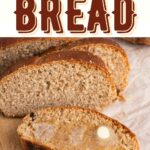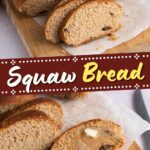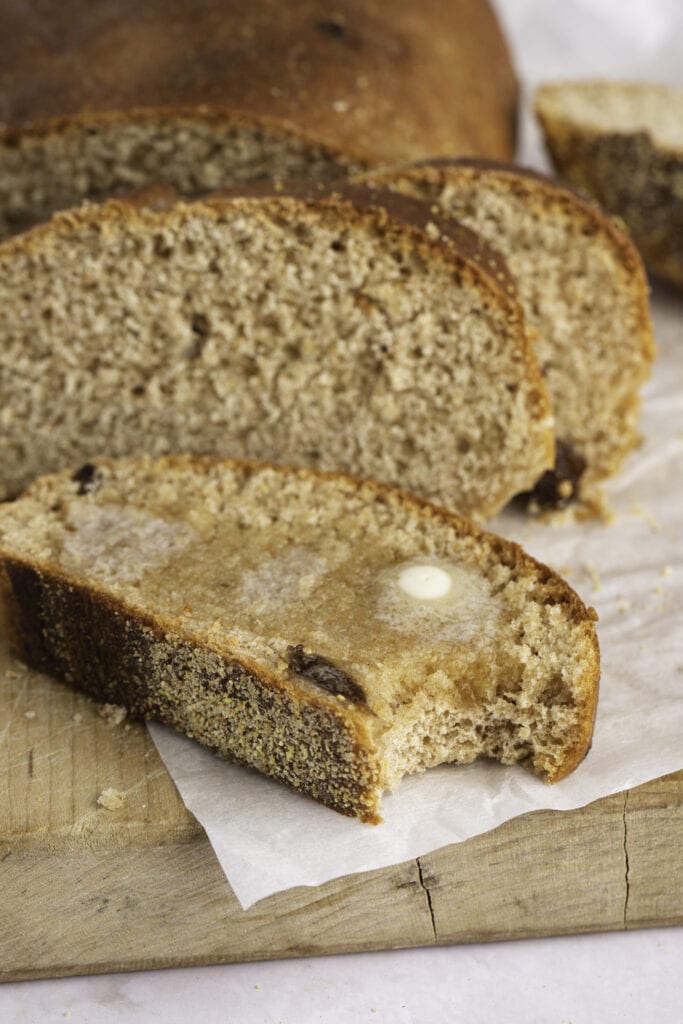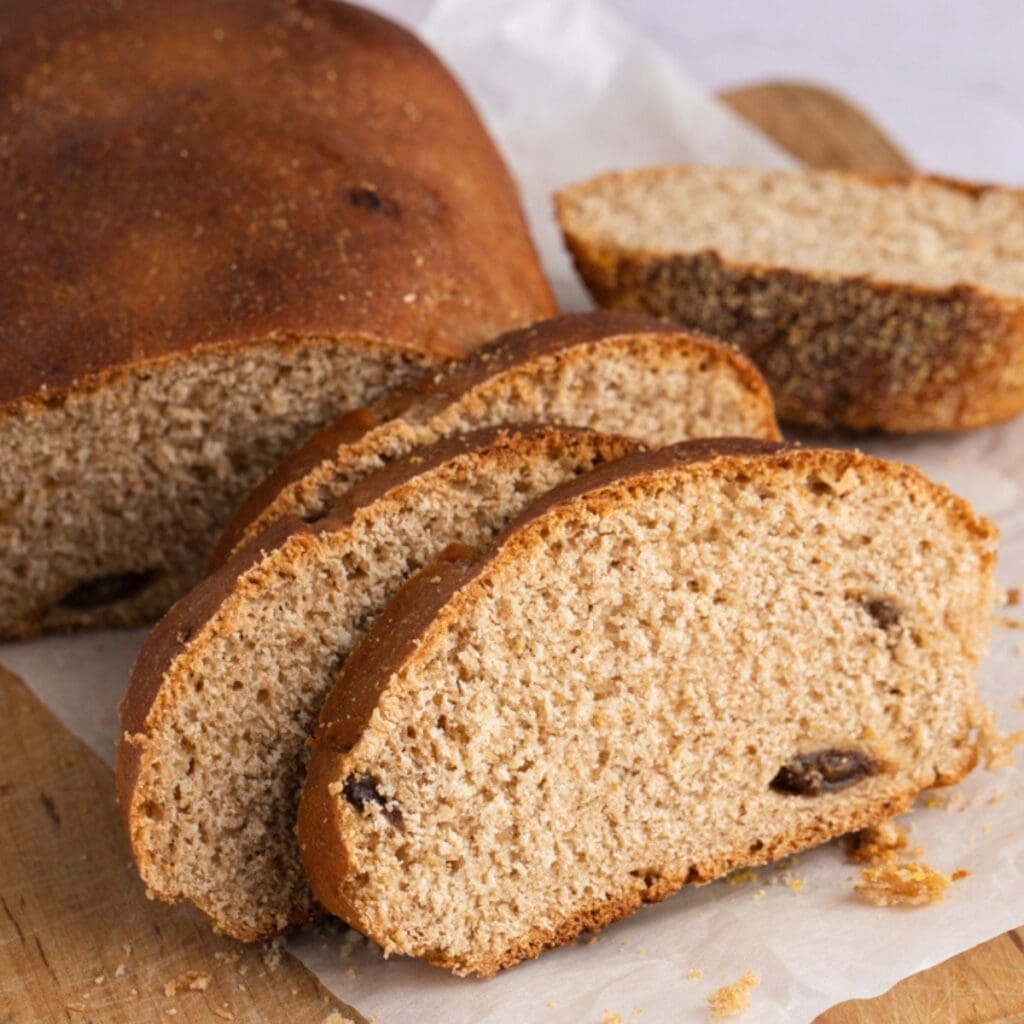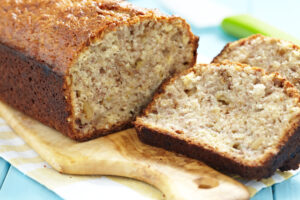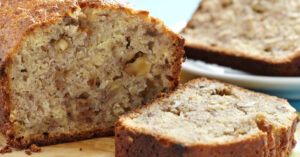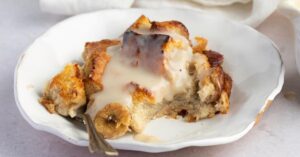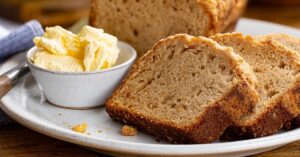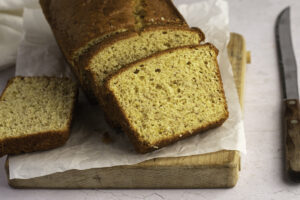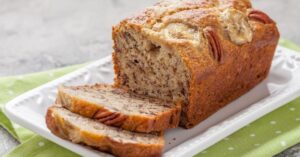It’s lightly sweet, hearty, and super rich in fiber. Delicious enough to be eaten on its own, squaw bread is extra special with a thick layer of butter on top. And because it’s mostly made with whole wheat and rye flours, it’s much more wholesome than regular white bread. So you can feel good about that morning avocado toast! One recipe makes four loaves, which means you can enjoy delicious and nutritious multi-grain bread for breakfast, lunch, and dinner all week long. So, what are you waiting for? Bake squaw bread today!
Best Squaw Bread Recipe
Squaw bread is a multi-grain bread loaf packed with whole wheat and rye. Traditionally, it’s sweetened with molasses, hence its dark brown hue. For this recipe, though, you’ll use honey. That said, either sweetener works, so you can use molasses if you prefer. I also add some raisins to mine for added sweetness and texture. If you like, you can add some chopped nuts, too. Another great option is to cover the top with seeds for added crunch!
What is Squaw Bread?
Squaw bread a simple loaf of rye flour and molasses made by German immigrants in the 1800s. The recipe was inspired by Native Americans, whom the Germans lived with at the time. The name of the bread is believed to be a respectful reference to American-Indian women who helped the Germans develop the recipe. However, many agree that while the name was initially meant to honor Native Americans, its derogatory connotation makes it politically incorrect. With that in mind, many people refer to it as “fat-free multi-grain bread” or “New World German Brown Bread.”
How to Make Squaw Bread
If it’s your first time making homemade bread, you may find it a little intimidating. But if you read through the directions, you’ll find that it’s not that hard at all, and it’s mostly just a waiting game.
- Activate the yeast. Combine lukewarm water, honey, and yeast in a mixer bowl. Give it a little stir, then let it sit for 5 to 10 minutes or until the mixture foams up.
- Blend the flavor agents. Whisk the water, oil, honey, and brown sugar until well blended in a separate bowl. You can add the raisins at this point for flavor, but if you want the chewy texture, save them for later. If you do add the raisins, mix this all in a blender to ensure it’s smooth.
- Combine the dry ingredients. In another large bowl, whisk together the powdered milk, salt, and three flours.
- Combine the three mixtures to form a dough. Add the honey-sugar mixture to the yeast mixture and half of the dry ingredients mentioned above. Beat using the dough hook for a minute or two on low. Add the remaining flours and continue beating until a dough ball forms. It should pull away from the side of the bowl.
- Knead the dough. At this point, you can either flour a clean, flat surface and plop the dough onto it. Or keep working with the dough hook and knead the dough in the mixer. Whichever method you choose, knead the dough just until it becomes smooth, slightly tacky, and elastic. Add more flour if necessary (e.g., if the dough is too wet).
- Let the dough rest (first rise). Place the dough in a large, greased bowl. Cover it with a damp cloth and let it rest until it doubles in size. That’ll take about 1 1/2 hours, so take this time to Netflix and chill.
- Punch down the dough, shape it, and let it rest again (second rise). Punching down dough isn’t just fun to do – it’s crucial, too. This step keeps the dough from over-proofing, which can make the bread dense and tough. To punch the dough, you’ll literally punch your fist into the middle to deflate it. Then turn it out onto the surface and gently flatten and fold it. Divide the punched dough into four pieces, cover them with a new kitchen towel, and let them rest again for 10 minutes.
- Shape the dough and let it rest one last time (third rise). Form the dough into loaves, cover them with a kitchen towel, and let them rest for one last time. This will take another hour, so you can continue watching that movie you put on pause.
- Bake the bread. Slice and enjoy! Finally! Bake the loaves for 35 minutes at 375 degrees Fahrenheit (190*C). When you take it out, brush the bread with melted butter, and voila, you’re done. Let the bread cool before slicing, and enjoy!
Tips for Making Squaw Bread
Use room-temperature ingredients, except for the water used to proof the yeast. That should be between 100 and 115 degrees Fahrenheit (35-45°C) to activate the yeast.
Let the yeast rest in a warm area to help it proof faster. I suggest covering it loosely with plastic wrap too.
Don’t over-knead the dough; otherwise, the bread will turn out hard on the outside and dry on the inside. Instead, only knead until it’s smooth and easy to handle.Perform the windowpane test to check if the dough is ready to go. Take a small piece of dough and stretch it between your fingers. It should be elastic enough to stretch into a paper-thin sheet – like a windowpane – and not break. If it breaks, knead some more.
Use the same recipe to make bread rolls. Instead of shaping the dough into loaves, just form them into small round pieces after the first rise.
Storage and Freezing
To Store
Once cooled, store squaw bread loaves in a bread keeper or an airtight container. They’ll stay nice and tender for about 4 to 5 days at room temperature.
To Freeze
If you plan on keeping squaw bread around a while longer, use the freezer. Here, the loaves will keep well for up to 3 months. I suggest you slice the bread first before freezing; that way, you can take out a few slices at a time and not have to thaw the whole thing. To freeze, double-wrap the bread loaves in plastic wrap and place them in a freezer-safe bag. Label the bag accordingly and freeze.
To Reheat
To reheat frozen squaw bread, bake it at 300 degrees Fahrenheit (150°C) for 5 to 10 minutes or until they’re warmed through. Or, you know, just use the toaster 🙂
More Bread Recipes You’ll Love
3-Ingredient Banana BreadWhite Lily CornbreadPumpkin Zucchini BreadCondensed Milk BreadHoney Beer Bread
30 Click on a star to rate it!
Average rating 5 / 5. Vote count: 1 No votes so far! Be the first to rate this post.
Share on social media: Let us improve this post!
